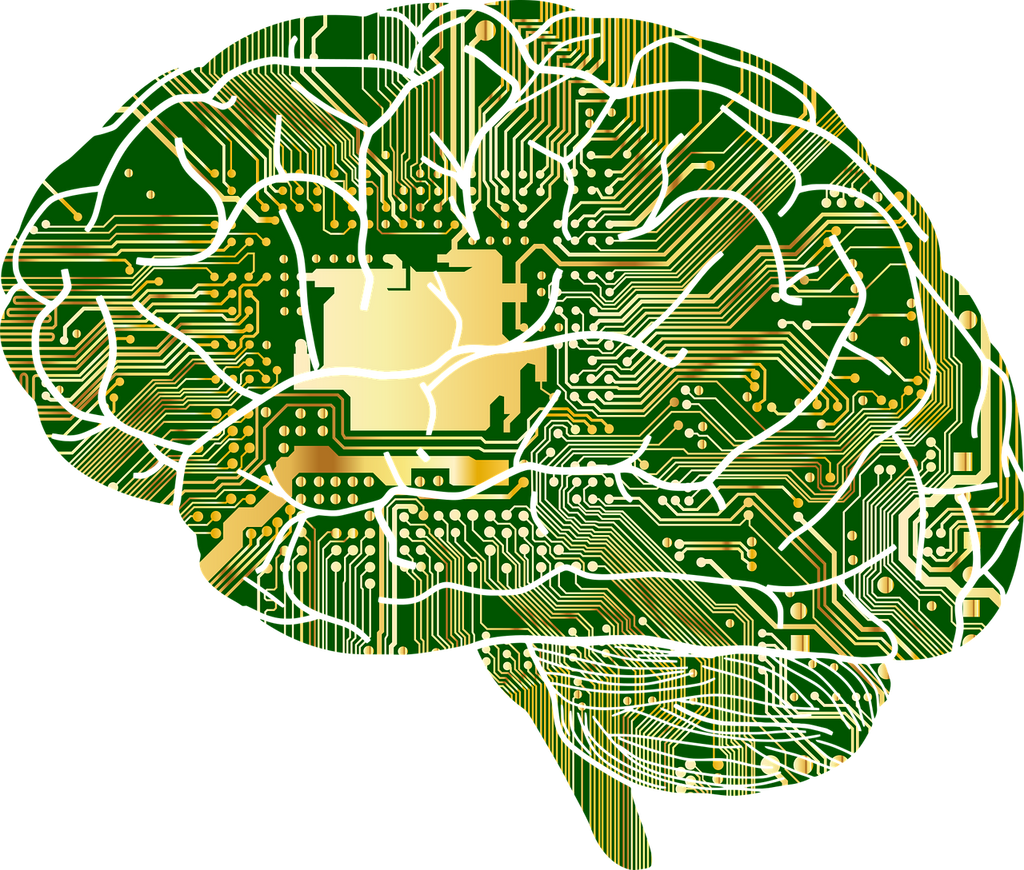The number of people experiencing Digital Wellbeing through technology is growing. This is largely due to the effects of 'tech stress', or the negative psychophysical effects of living in the digital age. Digital Wellbeing is maintaining a healthy lifestyle and use of digital technology, avoiding compulsory and toxic behaviors while using technology and being online.
This article will discuss a few key ways to stay digitally well. We'll also discuss self-control, a key element of Digital Wellbeing, and trusting the source of an application.
A key to Digital Wellbeing for non-digital natives is having a trusted company for at-home tech support:
Tech Stress
Recent research has shown that excessive use of digital technologies can affect the wellbeing of individuals. It is not only a significant source of stress, but it can also affect people's ability to perform well in social settings and focus in an age of information overload.
In this digital age, children and youth can be exposed to different kinds of risks. While the internet can provide them with information, entertainment, and social networking, it can also expose them to risky material, including violent content and cyberbullying. As a result, promoting digital wellbeing is essential for a child's development.
Thankfully, there is an easy way to improve your wellbeing while using your digital devices. The first step is to think about how you spend your time online. This means balancing screen time with real-life activities. It also requires you to think about how you relate to your devices. By using a digital wellbeing app or a digital detox, you can improve your mental health.
Another way to improve your digital wellbeing is to set aside some time for unplugging one day a week. This can help you get back into the flow of your life. This can help you avoid feeling rushed and overwhelmed, which isn't good for your mental health. If you can find time to unplug, it will help you to improve your mental and physical well-being.
Developing digital wellbeing at work can help you avoid stressful situations and improve your performance. You can also find strategies to manage your digital wellbeing, which can lead to increased productivity.

Self-Control
Self-control is an important skill that helps us achieve our goals and manage our behavior. It can be used to prevent or avoid unwanted habits and behaviors, and can improve our physical and mental health. Although self-control is a limited resource, it can be developed and strengthened over time. Self-control can benefit a person's career, relationships, and general health. To improve self-control, a person can use different tools and techniques. These include avoiding temptations, keeping goals in mind, and remembering the consequences of their actions.
While the capacity to regulate oneself is largely determined by genetics, experience, and other factors, parents play a key role in a child's development. By providing guidance and practice, parents can influence their children's self-regulation. This is particularly important when it comes to technology.
In a study published by Facebook, researchers discovered that one in eight of its users had become compulsive users. This group comprised about 360 million users, and it was found that their use of Facebook affected their relationships, sleep, work, and parenting. As the technology industry tries to respond to this issue, digital wellbeing apps are emerging to help users regain control of their use of technology.
While the internet is an amazing place for children to learn, socialize, and work, it can also cause them great harm. Pornography, violent content, and cyberbullying are just a few of the risks children face. The need for digital wellbeing is more important than ever, and it should be considered an important pillar of wider development.
Social Media
Social media is a powerful tool for people who want to stay connected but who are also concerned about their mental wellbeing. It's not uncommon for people to become addicted to these platforms, which are designed to maximize the amount of time you spend on them. As a result, companies like Facebook and Google have dedicated teams to tackle this issue. They have also committed to creating safe spaces and implementing tools that can help you set limits on how long you spend on certain platforms.
As social media platforms use algorithms to show content similar to your own, it's easy to get stuck in an echo chamber. This can lead to a sense of isolation and make people less curious and open-minded. It can also deepen social divisions. Policymakers and governments should pay close attention to these social media risks and take steps to protect consumers.
A recent study found that over-use of social media has been linked to an increase in the number of suicides among adolescent females. The rate increased by more than 150 percent between 2009 and 2019 compared to 1999, when the use of social media was relatively stable. To address the problem, Margaret Gottlieb created the Digital Wellness Summer Program, a course for middle-school girls that provides strategies to minimize the negative psychological effects of social media. Gottlieb is currently gathering data from this program to learn more about how it impacts children.
More tech companies are taking digital wellbeing seriously, and improving the design of their products and services is a good first step. Google is leading the way with new features that promote better balance through design. The company even created a reflective quiz to help people assess their own digital wellbeing.
Trust in the Source
There are several factors that can influence how people use digital wellbeing technologies. One of these is self-regulation, the systematic effort to control feelings, thoughts, and actions. Unless these factors are addressed, people may over-rely on these applications and develop a heightened sense of anxiety as a result. Another factor is the nature of self-report, which is often subjective and erratic. As a result, digital wellbeing technologies must incorporate systematic ways to collect data on self-report.
Digital wellbeing technology is evolving. In the near future, we'll see more sophisticated screen time apps that will give users better control over their digital devices. China is currently leading the way, as its state-owned internet permits integration of social policies into the technology. Trust in the source of digital wellbeing technology is a critical component of achieving digital wellbeing.
Google has the largest share of the online search market and runs 46% of North American smartphones. The Google Digital Wellbeing tool is the most popular search result for "digital wellbeing." It lets you set usage limits, and even helps you to unplug at night. To support this initiative, Google has launched a website called Experiments with Google, which features ideas for achieving digital balance. The company has also introduced a "paper phone" to encourage people to take more time away from technology and to develop a healthy digital lifestyle.
In addition to this, digital wellbeing also involves understanding one's self in a digital society. This means balancing the benefits and risks of digital technology.

Adoption
Adoption of digital wellbeing technology may affect health outcomes. The main concern is that these applications can lead to over-reliance and the creation of anxieties associated with self-diagnosis. It is important to ensure that users are able to control their own data and that they are not exposed to surveillance. While digital wellbeing applications are not intended to treat disease, they can improve self-awareness and promote positive behavior changes.
Adoption of digital wellbeing applications is likely to increase if they offer features that promote autonomy. In particular, simple designs with clear goals and visual representations are likely to encourage user engagement. In addition, persuasive technologies have been proven to enhance motivation and ability. However, these factors are influenced by various external variables. Positive attitudes and perception of the technology are often associated with active use and increased engagement.
Several factors have been identified in the literature that influence user engagement and acceptance of new technologies. One of these is self-regulation, a systematic effort to regulate thoughts, feelings, and behaviors. In addition to being important factors, user perspective is an inevitable part of designing digital wellbeing technology. When a digital wellbeing application is not designed with user preferences in mind, it could lead to conflict between the user's needs and expectations, resulting in user rejection.
Other issues with digital wellbeing applications include the lack of fault-tolerance, perceived inconsistency, discrepancies between expectation and actual use, and data ownership. Despite these considerations, it remains essential to preserve an element of user choice and ensure that the technology is useful. In addition to preserving the user's autonomy, digital wellbeing applications should include a self-regulatory mechanism. This may help overcome some of the problems related to the adoption of digital wellbeing technology.
HelpCloud Members can reach out to support for further questions about this subject and how to best build a healthy digital lifestyle.

